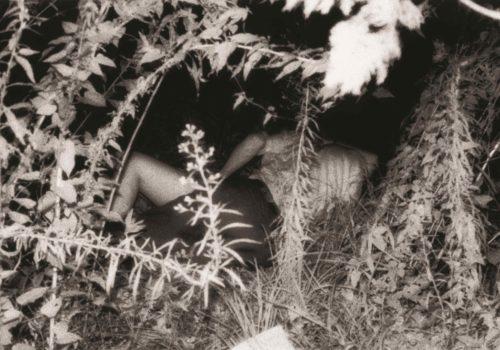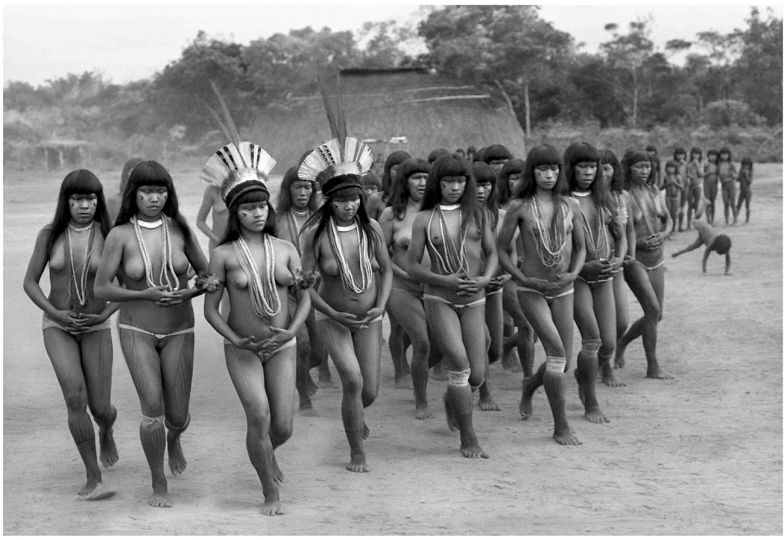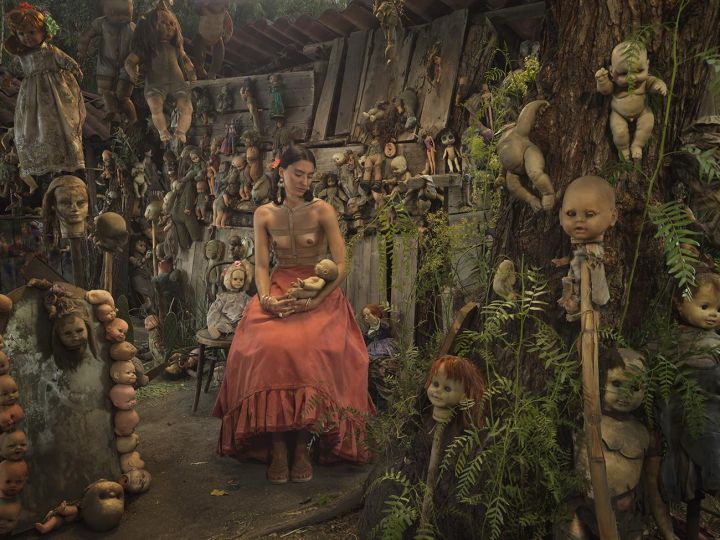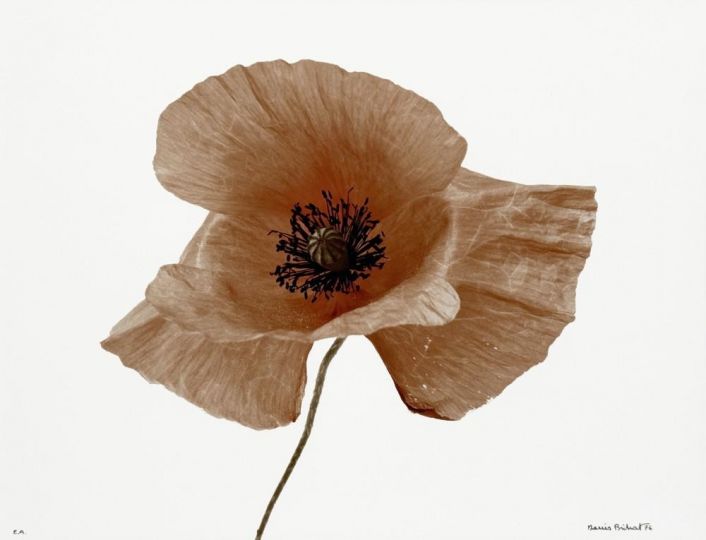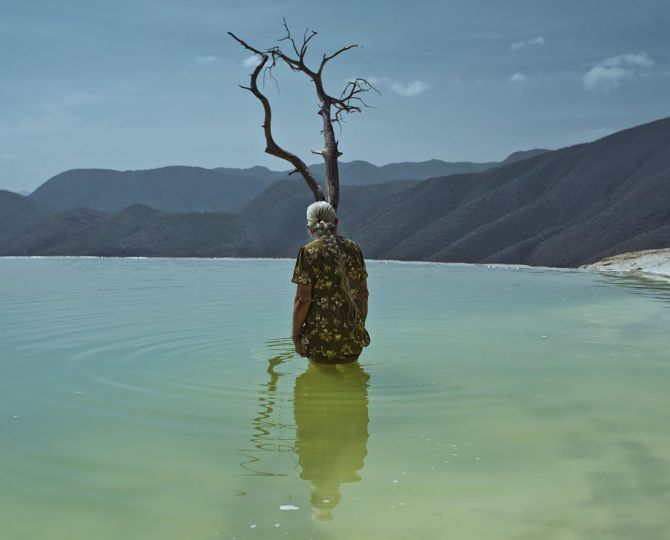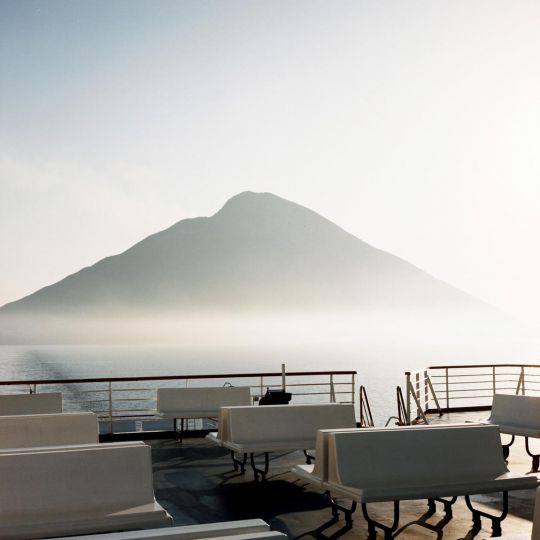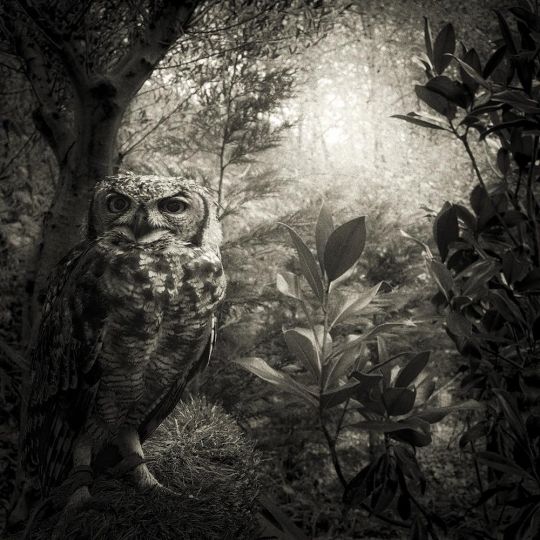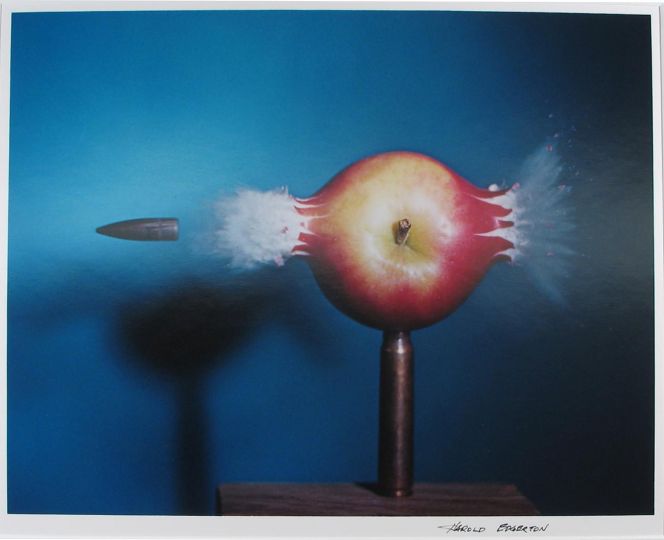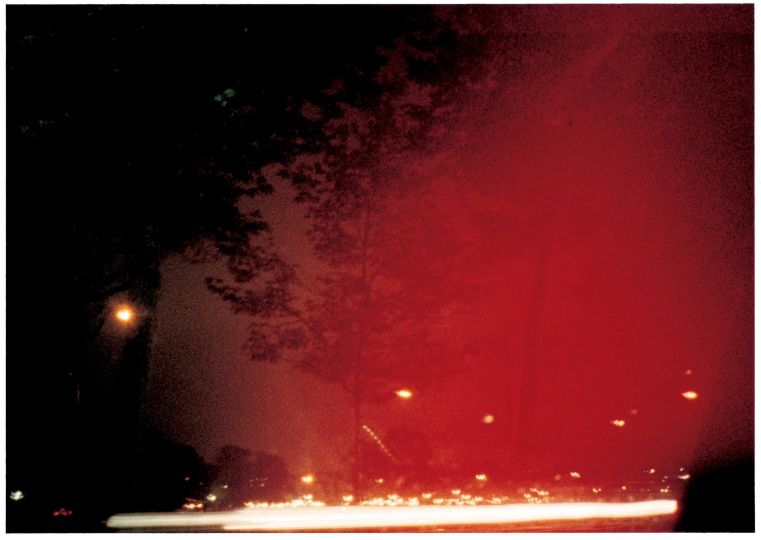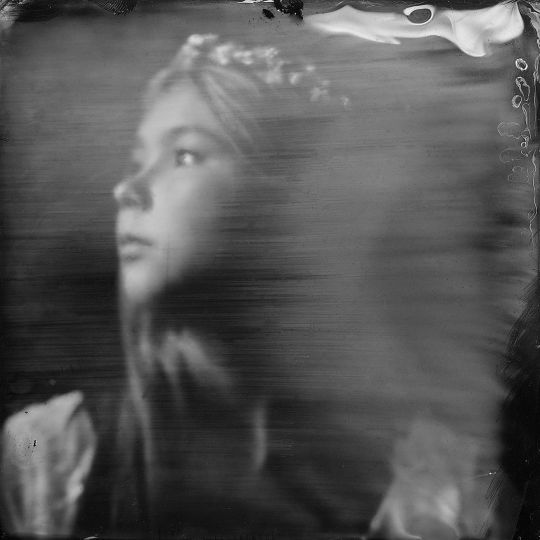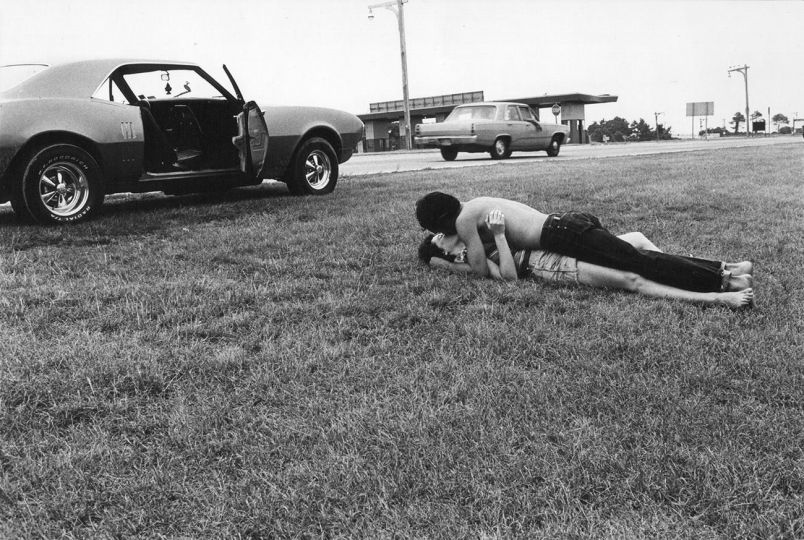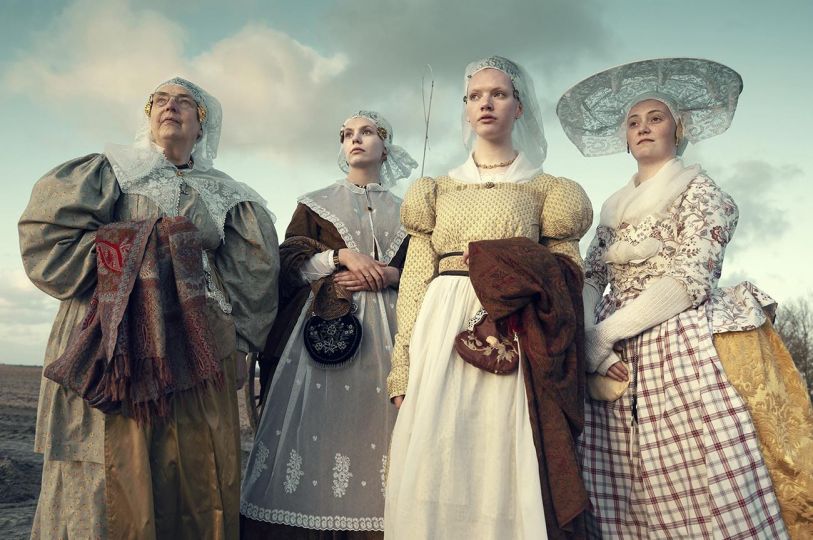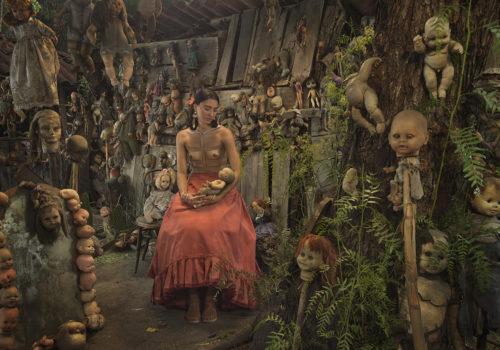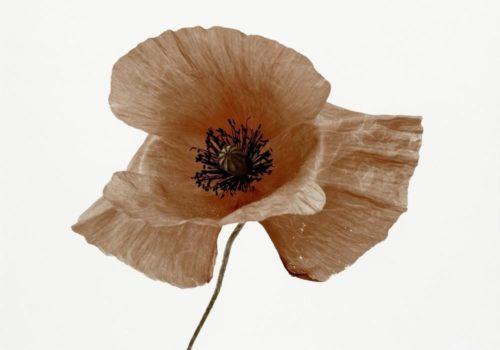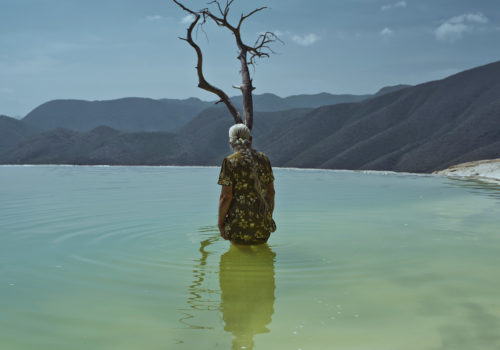Le goût de la photographie is an original exhibition: you won’t find the work of only an artist or a group of photographers, but the photographs of an art collector, Jérôme Prochiantz. Prochiantz, who prefers to describe himself as a collector rather than a hoarder (the term referring to accumulation, a materialistic aspect that he doesn’t identify with), has bequeathed a large part of his photographic collection to the BnF.
In this respect, the exhibition is part of a wider movement of exhibitions devoted to the act of collecting. Several exhibitions have been devoted to Sir Elton John’s photographic collection, at the Tate Modern and more recently at the Victoria Albert Museum with ‘Fragile Beauty’. More generally, private collections are no longer confined to the intimate sphere, but are being revealed to the public, when they are not donated directly to a public institution.
For example, the Donors’ Gallery at the Bibliothèque nationale de France is used to exhibiting works bequeathed to France’s largest public library. Thanks to Jérôme Prochiantz’s donation, the national institution has been enriched by more than 350 photographs, including a colour print by Mario Giacomelli, previously unseen in the BnF collection, which until now had only black and white prints of this Italian artist. ‘My collection forms a whole: I wanted all the works to become part of a national institution.
The photographic tastes of Jérôme Prochiantz
The black-and-white portrait of Jérôme Prochiantz, headband on his face and tulip in his hand, photographed by Laurent Élie Badessi, greets visitors as they enter. From the yellow-painted walls to the armchairs in the centre and the layout of the photographs, everything in this room is designed to replicate Jérôme Prochiantz’s office. The collection is heterogeneous in terms of artists, periods and photo formats. There is, for example, a portrait of David Lynch by Richard Dumas alongside a diptych of a couple of dancers by Luis Gonzalez Palma. Black and white dominates this selection, as in the portrait of a cat gaping, immortalised by Masahisa Fukase and chosen as the exhibition poster.
How to become a collector
Before he started collecting photographs, Jérôme Prochiantz bought a work of contemporary art once a year. He remembers perfectly his first photo bought in a gallery. It was in 1989. A male nude with a mutilated body. A print by George Dureau, an artist based in New Orleans. This first purchase marked the beginning of his collection, which was based purely on his aesthetic taste for photography. ‘Many people see in my collection my passion for New York, cats and sensuality. It’s true that these are subjects that I love, but that’s not enough; there has to be something more to it that makes people fall in love with it. Over the years, his collection has grown steadily, bringing together works that no one would have predicted would meet. Although the collection is heterogeneous, he has tried to focus on three continents: America, Europe and Japan from 1850 to the present day. When asked if his artistic tastes have changed, Jérome Prochiantz replies that they have remained fairly constant over time.
Although heterogeneous, he has sought to concentrate on three continents: America, Europe and Japan from 1850 to the present day.
Since retiring, he has devoted most of his time to his collection. Reading photo books (he has over 600), researching and attending auctions are time-consuming, but necessary for the collector: ‘I always need to see a work in real life before buying it. Looking at an original print is important to this enthusiast, who organises themed photographic exhibitions in his flat twice a year.
The richness and diversity of Jérôme Prochiantz’s collection, initially a personal collection, has become a museum collection. And what better legacy for an artist than to see his work recognised by national institutions?
BNF : A Taste For Photography: In The Collection of Jérôme Prochiantz
Past exhibition, from 22 October 2024 to 12 January 2025
Bibliothèque nationale de France, François-Mitterrand site
More information online

